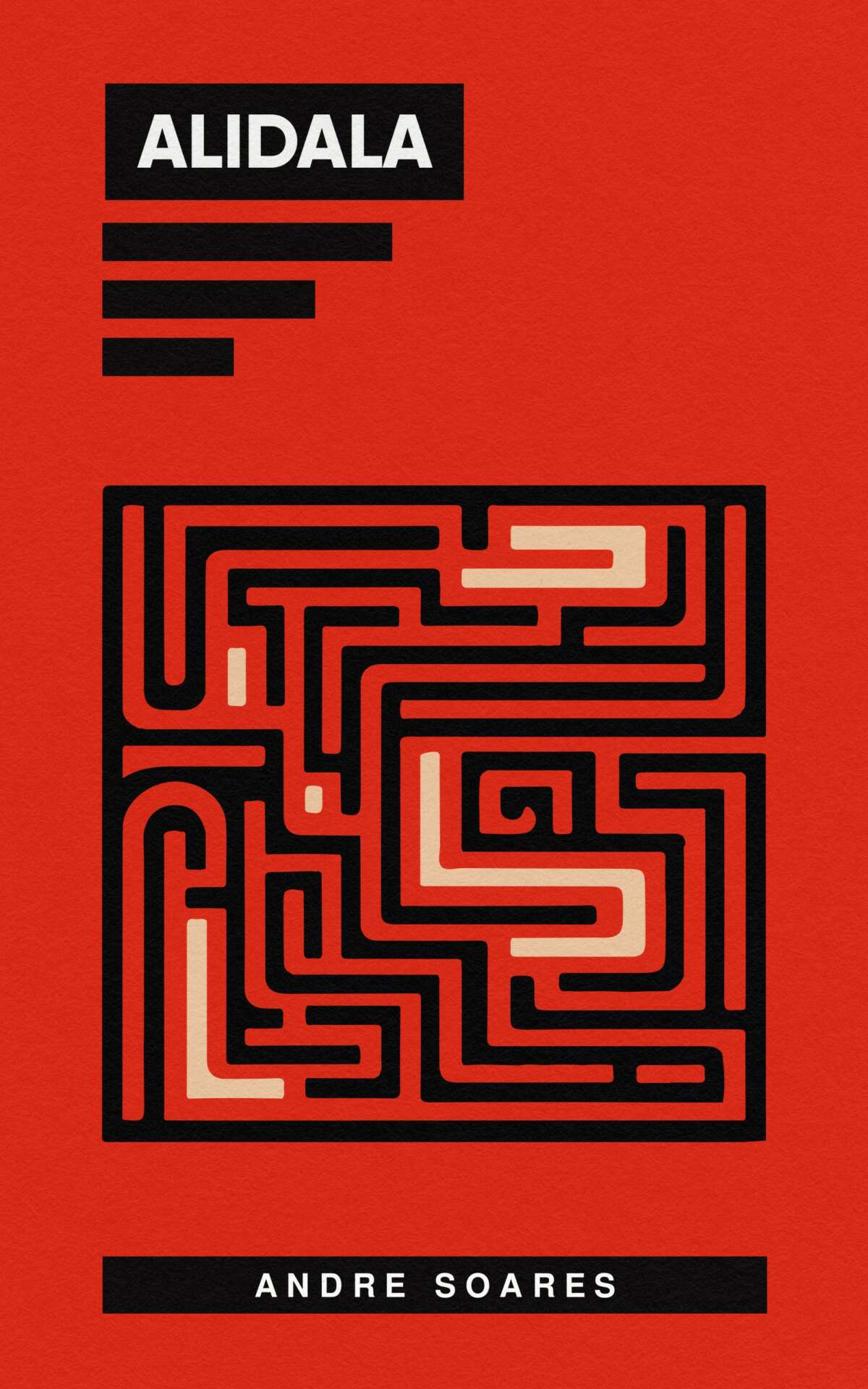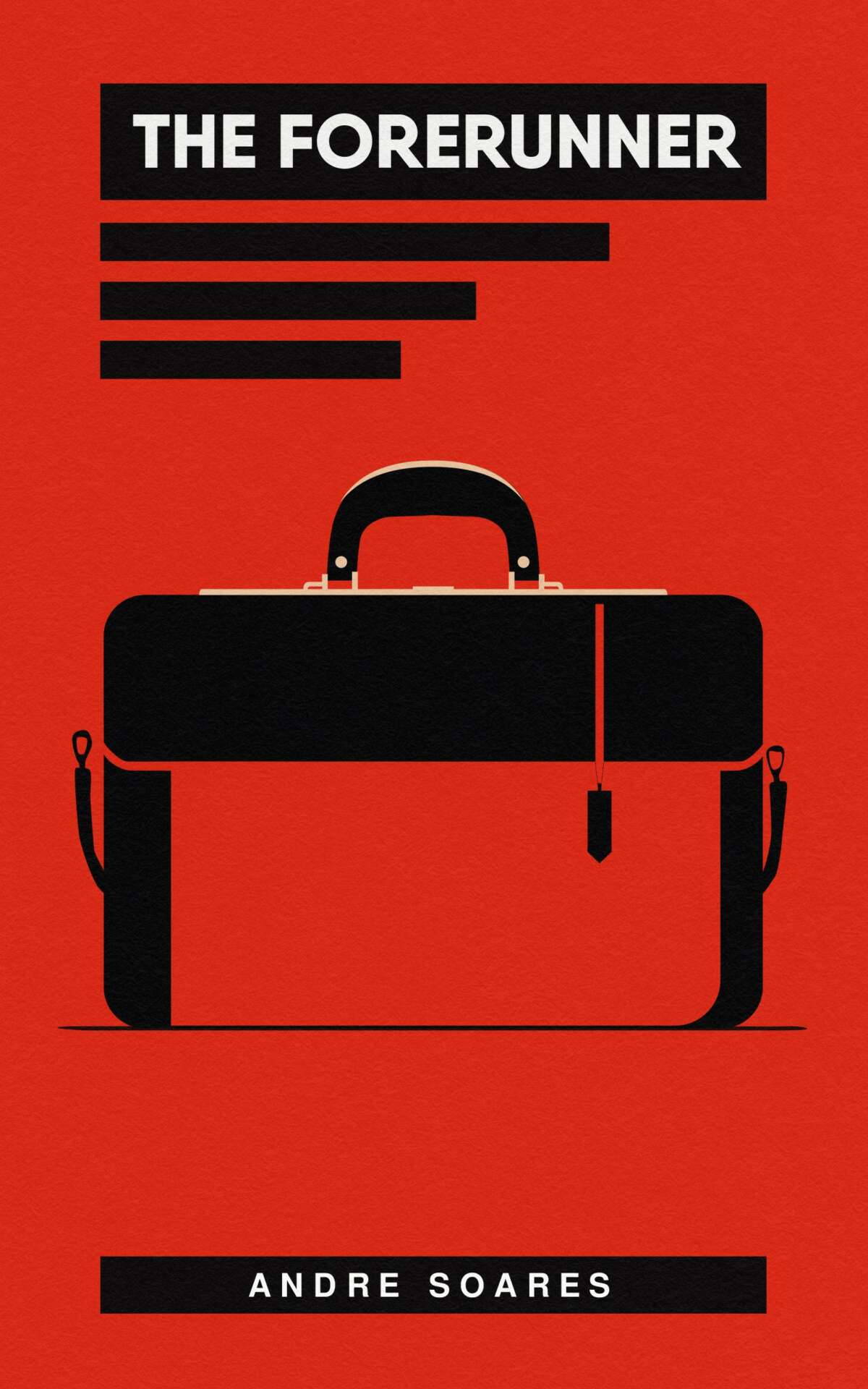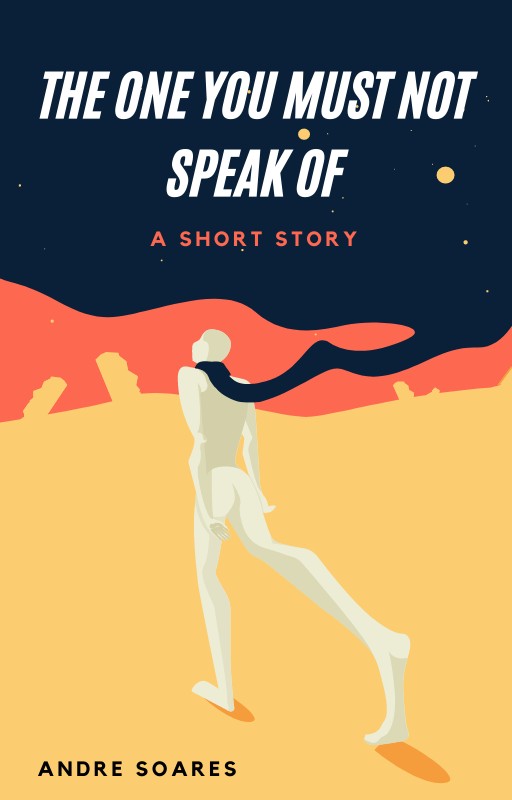We’re excited to introduce you to the always interesting and insightful Andre Soares. We hope you’ll enjoy our conversation with Andre below.
Alright, Andre thanks for taking the time to share your stories and insights with us today. We’d love to hear about a project that you’ve worked on that’s meant a lot to you.
Hey!
At this stage of my career, I have a more extensive portfolio of stories and services. As promised in a roadmap I communicated last year, I am currently diversifying across various genres and mediums.
My next novel, The Sunflower Protocol, will be released in November 2023 (date to be revealed soon). This project is pivotal for me as I’m venturing into Romance territory (a first), against the backdrop of a time travel epic spanning over continents and centuries.
My second project, Ahriman, is a limited-series involving a battle between gods and human proxies. It is a set of three high-concept screenplays that are ready to be pitched for production and distribution.
However, in the light of recent developments (the writers’ and actors’ strike), the project is on pause until a common agreement is ratified between the movie studios (them) and the writers’ guilds (us). We are very close to reaching a deal that will be mutually beneficial.
Genuinely excited for this timeline!


Great, appreciate you sharing that with us. Before we ask you to share more of your insights, can you take a moment to introduce yourself and how you got to where you are today to our readers.
Creative writing has always been at the very core of my DNA. I started writing at 5, crafting short stories involving monsters and magical worlds.
Growing up in a multicultural community, I was exposed to other art forms as well: hip hop dancing, beatboxing, mcing, songwriting, theater…
You know this stage you’re going through as a child, a teen or a young adult… Where you tend to experiment and try different paths without ever specializing? This usually stems from a lack of emotional maturity or the exploration of oneself. Not necessarily a negative thing (it is a natural developmental process) but this is what I went through.
At age 23, I started seeing a clearer path: I wanted to be in control of my own narrative, to shape it to my liking, to my standards and beliefs. That’s when I started narrowing my focus and redirecting towards creative writing. I studied English composition and writing in college and began practicing on two main mediums: the novel and the screenplay formats.
After a short but fulfilling career as a script consultant, I shifted to a full-blown novelist path, motivated by the same pursuit of ownership and creative control.
A few things about me and my methods:
1. I am self-published. However, I am subjected to the same rigorous quality control process traditional publishers abide to. This includes preliminary research, developmental editing, beta reading, copyediting, proofreading, a professional visual packaging, and formatting. I also hold an associates in creative writing.
2. As mentioned prior, I write across various mediums (screenplays, novels, shorts, ad copies) with the same commitment to prime craftsmanship. I am also one of few authors crossing genres under the same pen name and displaying versatility in my themes, tones, lengths, and narrative devices.
3. As a Latino author, representation truly matters to me. All of my stories include BIPOC characters who receive a sensible treatment and are portrayed as complex personalities existing outside of toxic preconceptions and harmful stereotypes.
4. Having been raised at the junction of the Brazilian, Caribbean, West African and European cultures, my stories take place in unusual settings often neglected/overlooked in American literature. I offer a fresh perspective on sci-fi, speculative fiction, thriller, and romance.
5. I believe in social responsibility. My mission of supporting a more equitable and sustainable societal model exists beyond my works.
At this point of my career, I want to focus on expanding my footprint and sharing my love for storytelling with a broad audience, one I would connect with in more meaningful ways.

What can society do to ensure an environment that’s helpful to artists and creatives?
There are plenty of misconceptions in regard to the creative industry. A lot of those are caused by the aftereffects of an unregulated ultra-capitalistic society and the emergence of social media.
1. The place of the consumer in the creative landscape. As a reader, or viewer, or listener, you are in control of the trends (especially in publishing) that dictate what the mainstream press and distribution channels support and push out. That means you vote with your reads, your shares, your likes, your dollars, your streams… If you decide, as a collective body, to only support meaningful, ambitious and innovative storytelling, this is what the press and our distribution partners will show interest in.
2. Social media is great. Frankly, it is not. Initially developed in the late 90s and early 2000s, social networks were designed to help us connect with one another in a more effective way. But it has outgrown this purpose now, and if anything, it made it harder for us artists to promote and sell our works. The market is saturated, newer generations display shorter attention spans and fewer critical thinking skills, and followers count sometimes trumps a solid formal education and prime craftsmanship. There are other symptoms not exclusive to the publishing landscape (mental health impacts, dysmorphia, broken family units and deadly challenges for clout) but they all point towards one conclusion: social media is no longer progress, it is regression. Use it with moderation, and support artists who bring ACTUAL value to those platforms.
3. I speak for my specific industry here (creative writing), but it is important we support true diversity. That is, diversity of THOUGHT, not just identity or gender. We need to celebrate voices from unusual characters who bring their personal life experience to the table, adding a unique perspective that cannot be learned from the outside but is lived from within.
4. Connect with your favorite artists. That is even more relevant for smaller creatives like me. We love interactions, questions, conversations… It is the fuel to our drive and trajectory.

Is there something you think non-creatives will struggle to understand about your journey as a creative? Maybe you can provide some insight – you never know who might benefit from the enlightenment.
I think the amount of work involved in creating a story is often devalued, especially in this fast-moving market (once more, thank social media and algorithms for influencing those new behavioral patterns).
A standard full-length novel takes approximately 8 months to a year of preliminary research, mapping, outlining, drafting, editing and packaging, provided you write FULL-TIME (6-8 hours a day, at least 5 times a week) and follow industry-standard processes. There are exceptions in genres that are less labor intensive (smut literature, hood romance, some subgenres of paranormal fantasy…) and more reliant on volume but this does not apply to thrillers, sci-fi, dark comedies, political satires…
Although I wouldn’t trade this for anything and I am IMMENSELY grateful to be in this position (chasing my dreams and existing within what courses through my veins), this can be a bit draining, especially when you have other obligations (as a parent, as a corporate piece in a soul-crushing 9-5, as a man, and a human being).
Please keep that in mind when supporting your favorite authors… Show us the love that will make those sacrifices meaningful.


Contact Info:
- Website: https://www.thesoaresprotocol.com/
- Instagram: https://www.instagram.com/thesoaresprotocol/
- Facebook: https://www.facebook.com/thesoaresprotocol


